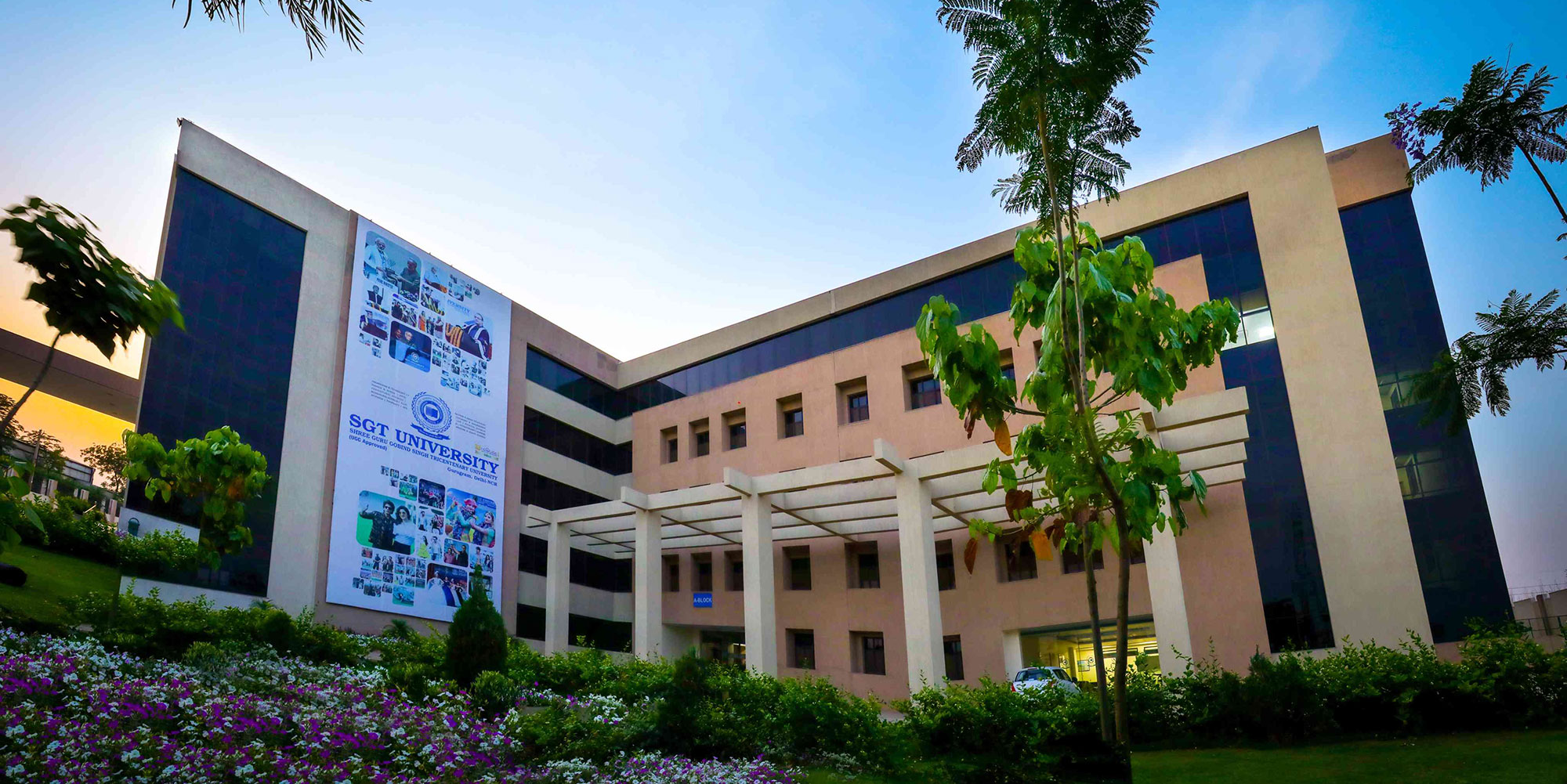Visual Health Challenges in the Age of Virtual Learning
Updated on: May 28, 2025

The coronavirus disease (COVID-19) pandemic has led to profound lifestyle transformations globally, one of the most significant being the exponential increase in screen exposure due to digital dependency. As educational institutions, workplaces, and social interactions shifted to virtual platforms, the use of digital devices—including smartphones, tablets, laptops, and computers—became essential for continuity in daily life. Among these changes, the educational sector experienced a rapid and large-scale transition from conventional classroom teaching to e-learning, facilitated by smartboards, virtual platforms, and personal electronic devices. This shift, although vital for sustaining academic engagement during lockdowns, has introduced new visual and health-related challenges, particularly for children and adolescents. The prolonged use of digital screens, reduction in outdoor activity, and poor ergonomic practices during online learning have been associated with a surge in vision-related complaints—ranging from digital eye strain (DES) and dry eye symptoms, to accelerated myopia progression and binocular vision dysfunction.
Ocular Effects and Symptoms
| Ocular effects | Symptoms |
|---|---|
| Digital Eye Strain | Blurred vision, eye fatigue, headaches |
| Dry Eye Syndrome | Burning, itching, grittiness |
| Myopia | Blurry distance vision, squinting |
| Binocular Vision Issues | Diplopia, headache, eye strain |
Observed Ocular Changes
Digital Eye Strain
Digital Eye Strain (DES) refers to a group of visual and ocular symptoms that result from extended periods of digital device usage. Among children, it commonly presents as tired eyes, headaches, blurred vision, and trouble maintaining focus. This issue primarily arises from the eyes' constant effort to focus on nearby screens for long periods without taking regular visual breaks. About 50% of students attending online classes for over 3 hours a day reported at least one DES symptom.
Dry Eye Syndrome
Screen time is associated with reduced blinking, leading to an unstable tear film and increased tear evaporation. There has been a significant increase in dry eye symptoms such as burning, itching, and foreign body sensation in school-aged children.
Myopia Progression
Myopia, or near-sightedness, has been accelerating in the digital era. Its progression is linked to increase near work and decreased outdoor exposure, which reduces natural light stimulation of dopamine—a chemical that inhibits axial elongation of the eye.
Binocular Vision Dysfunction
Inappropriate screen distances, poor posture, and lack of breaks can overload the convergence and accommodative systems of the eyes, causing issues such as diplopia (double vision), convergence insufficiency, and eye strain during reading. Prolonged near digital tasks without rest breaks can disrupt binocular vision development in children.
Sleep and Psychological Effects
Excessive screen time, especially in the evening, interferes with melatonin production, disturbing the sleep-wake cycle. Poor sleep can reduce blink rate and tear production, indirectly exacerbating visual issues.
Preventive Strategies
- Adopt the 20-20-20 Rule: Children should be encouraged to pause every 20 minutes during screen time to look at something 20 feet away for at least 20 seconds. This simple practice helps to relax the eye's focusing muscles, minimizing accommodative stress and reducing symptoms of digital eye strain.
- Regulate and Break Up Screen Time: Frequent breaks are crucial for reducing physical discomfort associated with extended screen use, such as neck, shoulder, and back pain. During these breaks, children should be encouraged to stand, stretch, and move around to alleviate muscle strain and improve posture.
- Promote Daily Outdoor Activities: Spending a minimum of two hours outdoors each day plays a protective role against the progression of myopia. Exposure to natural light triggers dopamine production in the retina, which helps regulate eye growth and prevents axial elongation.
- Ensure Ergonomic Screen Use: To prevent visual fatigue and postural issues, screens should be positioned at eye level and kept approximately 18–24 inches from the face. Proper ambient lighting and supportive seating are essential to maintain an upright and comfortable posture during screen activities.
- Use of Blue Light Protection: Blue light emitted by screens can interfere with the body’s melatonin production, particularly in the evening. The use of blue-light filtering eyewear or screen protectors can help reduce visual fatigue and sleep disturbances.
- Ocular Moisture: Reduced blink rates during screen use can lead to dry eyes. The use of over-the-counter lubricating eye drops helps maintain a stable tear film and alleviates discomfort. Blinking consciously and frequently—at a normal rate of 12–15 times per minute—also aids in preventing dryness and irritation.
- Schedule Regular Eye Examinations: Annual comprehensive eye exams are critical, especially for children who engage in high levels of screen use. Identifying and addressing vision problems at an early stage can help avoid serious long-term consequences.
Conclusion
While digital education during COVID-19 improved learning access, it also harmed children's eye health due to increased screen time, poor ergonomics, and less outdoor activity. This has led to issues like digital eye strain, dry eyes, and myopia. Tackling these problems needs a joint effort from parents, teachers, eye care professionals, and policymakers. Promoting visual breaks, outdoor play, ergonomic setups, and eye health awareness is crucial for supporting both learning and healthy vision in the digital age.
Written By:
Harshita
3rd Year B. Optometry, SGT Student
Tsering Lamu Shongmu
Assistant Professor

